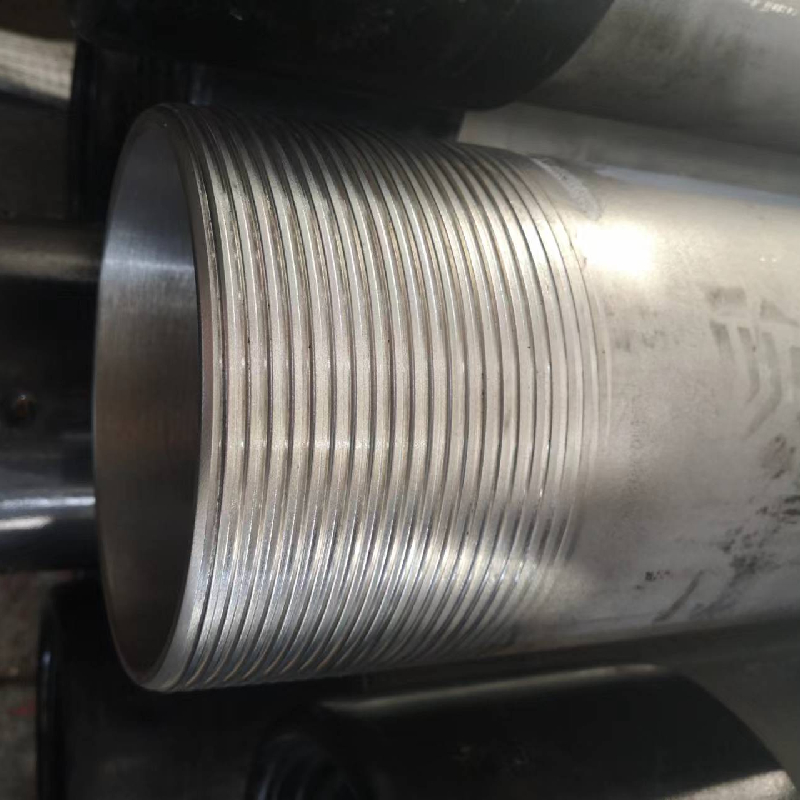- Afrikaans
- Albanian
- Amharic
- Arabic
- Armenian
- Azerbaijani
- Basque
- Belarusian
- Bengali
- Bosnian
- Bulgarian
- Catalan
- Cebuano
- Corsican
- Croatian
- Czech
- Danish
- Dutch
- English
- Esperanto
- Estonian
- Finnish
- French
- Frisian
- Galician
- Georgian
- German
- Greek
- Gujarati
- Haitian Creole
- hausa
- hawaiian
- Hebrew
- Hindi
- Miao
- Hungarian
- Icelandic
- igbo
- Indonesian
- irish
- Italian
- Japanese
- Javanese
- Kannada
- kazakh
- Khmer
- Rwandese
- Korean
- Kurdish
- Kyrgyz
- Lao
- Latin
- Latvian
- Lithuanian
- Luxembourgish
- Macedonian
- Malgashi
- Malay
- Malayalam
- Maltese
- Maori
- Marathi
- Mongolian
- Myanmar
- Nepali
- Norwegian
- Norwegian
- Occitan
- Pashto
- Persian
- Polish
- Portuguese
- Punjabi
- Romanian
- Russian
- Samoan
- Scottish Gaelic
- Serbian
- Sesotho
- Shona
- Sindhi
- Sinhala
- Slovak
- Slovenian
- Somali
- Spanish
- Sundanese
- Swahili
- Swedish
- Tagalog
- Tajik
- Tamil
- Tatar
- Telugu
- Thai
- Turkish
- Turkmen
- Ukrainian
- Urdu
- Uighur
- Uzbek
- Vietnamese
- Welsh
- Bantu
- Yiddish
- Yoruba
- Zulu
Understanding Tubing and Casing in Oil and Gas Operations for Enhanced Production Efficiency
Tubing and Casing Essential Components of Oil and Gas Production
In the oil and gas industry, the successful extraction of hydrocarbons from subsurface reservoirs involves a complex interplay of various components, among which tubing and casing play crucial roles. These two elements are integral to the drilling and production process, ensuring that oil and gas can be efficiently and safely brought to the surface. Understanding their functions, design, and significance is vital for anyone involved in the upstream sector of the energy industry.
What is Casing?
Casing refers to the series of steel pipes that are inserted into the borehole after drilling to create a stable and secure wellbore. Its primary purpose is to protect the well from collapses, prevent the contamination of groundwater, and isolate different pressure zones within the subsurface formations. The casing is cemented into place, which provides structural integrity and helps to seal off undesirable formations that could potentially compromise the well.
There are various types of casing used in oil and gas wells, including surface casing, intermediate casing, and production casing. Each type serves a specific purpose according to the well's depth, pressure conditions, and geological factors. The surface casing is typically installed first and extends from the surface to a designated depth, creating a barrier to protect freshwater aquifers. Intermediate casing, installed next, accommodates changes in geology and pressure, while production casing is used to facilitate hydrocarbon extraction.
What is Tubing?
While casing provides structural support and protection, tubing is the pipe installed inside the casing through which oil and gas flow to the surface. Tubing is essential for allowing the controlled flow of hydrocarbons during the production phase. It is usually smaller in diameter compared to casing and is designed for ease of removal and maintenance, allowing for effective interventions when necessary.
Tubing must be robust enough to withstand reservoir pressures and corrosive environments, which vary greatly across different fields. Tubing is typically manufactured from high-strength carbon steel or alloy materials tailored to resist corrosion and wear caused by the produced fluids. The design and material selection of tubing are critical, especially in high-temperature and high-pressure environments frequently encountered in the industry.
tubing and casing

The Importance of Tubing and Casing in Production
The integration of casing and tubing in a well system drastically enhances operational safety and efficiency. Casing safeguards water formations and prevents pressure irregularities that could lead to blowouts or other hazardous events. Tubing, on the other hand, ensures that hydrocarbons can flow freely from the reservoir to the surface, thereby maximizing production rates.
Effective design and installation of both casing and tubing are vital. Engineers must consider various factors such as formation pressure, temperature, corrosion, and potential for mechanical failure when designing these systems. Rigorous testing and quality control during manufacturing and installation help to mitigate risks and ensure the reliability of the well throughout its life cycle.
Environmental and Economic Considerations
One of the recent focuses in the industry is minimizing environmental impact through better design and use of advanced materials for casing and tubing. Innovations such as corrosion-resistant alloys and new cementing techniques are continually being developed to enhance well integrity and reduce the likelihood of spills or leaks.
Economically, the efficiency of oil and gas production can be directly linked to the performance of the tubing and casing systems. A well-designed and maintained casing and tubing structure can reduce operational costs through fewer failures and maintenance requirements, ultimately contributing to the overall profitability of a drilling operation.
Conclusion
In summary, tubing and casing are fundamental to the successful extraction of oil and gas. They provide structural integrity, protect the environment, and facilitate the efficient flow of hydrocarbons to the surface. Understanding their roles and ensuring their optimal design and installation will continue to be a priority in the ever-evolving landscape of the oil and gas industry. As technology progresses, the future of casing and tubing will undoubtedly continue to improve, leading to safer and more efficient energy production.
-
Well Casing Extension Couplings – Applications and InstallationNewsJun.06,2025
-
Types of Crossover Subs in Drilling & CompletionNewsJun.06,2025
-
Key Features of High-Quality Tubing Pup JointsNewsJun.06,2025
-
Installation and Maintenance Tips for Steel Couplings for PipeNewsJun.06,2025
-
How to Select the Right Pup Joint for Oil & Gas OperationsNewsJun.06,2025
-
Applications of Stainless Steel Pipe CouplingsNewsJun.06,2025







